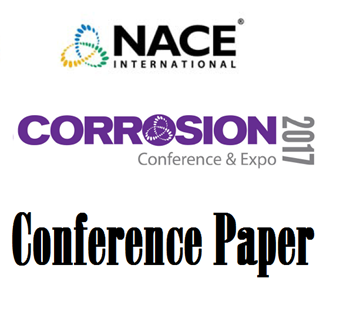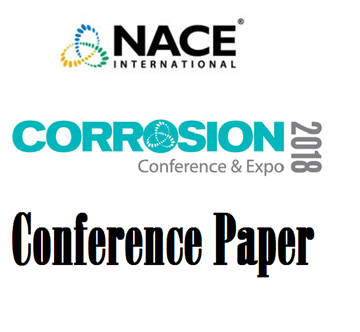Search
51312-01250-Influence of Welding and Post-Weld Cleaning on Performance of Duplex Stainless Steels
Also Purchased
The Validity of Using ASTM A923 Practice for Weld Procedure Qualification of 2507 Duplex SSs
Product Number:
51317--8838-SG
ISBN:
8838 2017 CP
Publication Date:
2017
$20.00
51312-01097-Welding of Lean Duplex Stainless Steel grades: microstructure corrosion resistance and mechanical p
Product Number:
51312-01097-SG
ISBN:
01097 2012 CP
Publication Date:
2012
$20.00
51318-10634-Study on Ferrite Measurement Methods for Duplex Stainless Steel Welds
Product Number:
51318-10634-SG
Publication Date:
2018
$20.00




